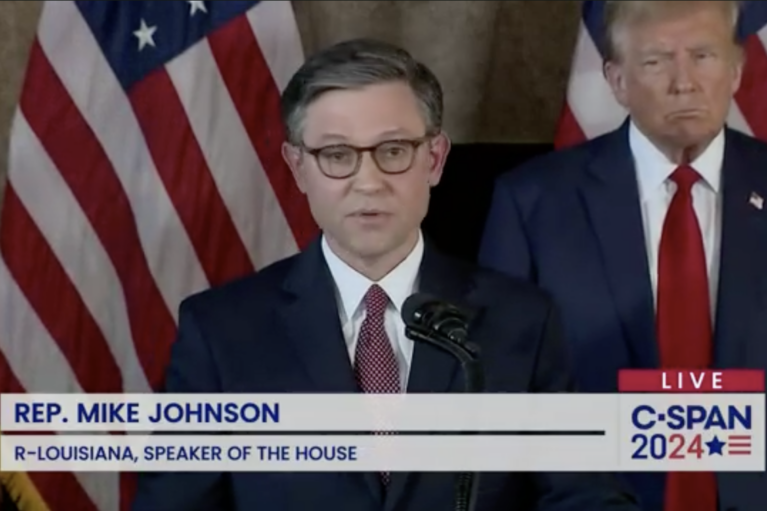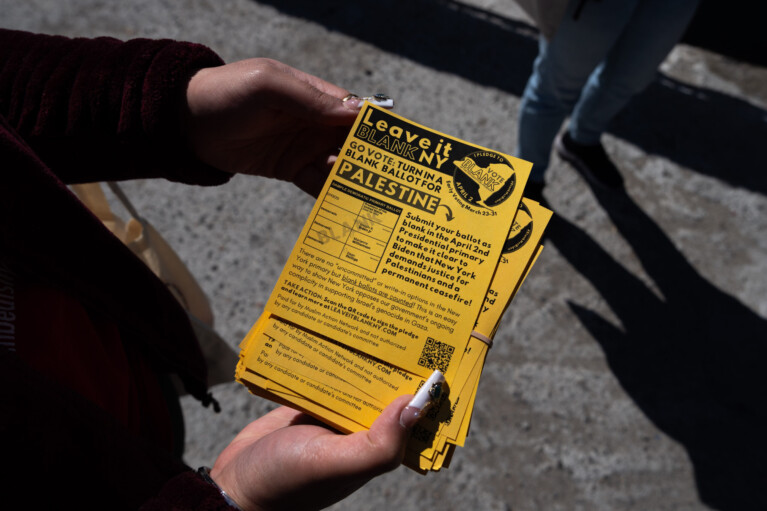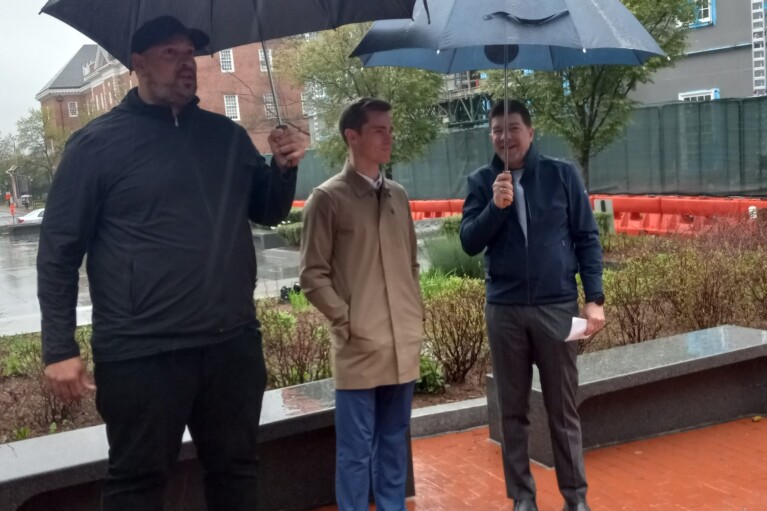State of the Bay: Fragile
For the first time in a decade, the health of the Chesapeake Bay has been downgraded, according to an annual report card measuring a variety of factors.
Between record rain, which sent an inordinate amount of polluted runoff downstream into the bay, environmental regulatory rollbacks from the Trump administration, and the intensifying impact of climate change, the bay is facing grave threats on several different fronts, the Chesapeake Bay Foundation found.
“Simply put, the bay suffered a massive assault in 2018,” William C. Baker, president of the Chesapeake Bay Foundation, said in a conference call with reporters Monday, coinciding with the release of CBF’s annual report card on the estuary’s health.
Each year, the foundation measures 13 factors in three areas to assign a grade for the bay’s health: pollution, habitat and fisheries. Using numbers in each category, 2018 represented the first downgrade in 10 years; the bay’s health was given a D+, down from C- a year ago.
The latest score was impacted greatly by the heavy rainfall the Chesapeake Bay region experienced in 2018. Combined with the decaying condition of the Conowingo Dam along the Susquehanna River in Maryland, which traditionally has stopped a considerable amount of upriver pollution from flowing into the bay, more sediment, debris and nitrogen flowed into the bay than usual.
Two of the 13 indicators, dissolved oxygen and Bay grasses improved. In the pollution category, toxics were unchanged, while water clarity, and nitrogen and phosphorous pollution were worse. In the habitat category, scores for bay grasses and resource lands improved, and buffers and wetlands remained the same. In the fisheries category, scores for oysters, crabs and rockfish remained the same, while the score for shad declined.
The six states that feed into the bay – Maryland, Virginia, Delaware, Pennsylvania, New York and West Virginia, plus the District of Columbia – are operating under an agreement with the federal government to reduce the pollution in the bay over a period of years leading up to 2025. All of the states have fallen short of their commitments, the Chesapeake Bay Foundation has found, though Maryland and Virginia are the closest to meeting them. They must still need to do a better job of addressing farm pollution and urban and suburban stormwater runoff.
Pennsylvania, CBF surveys show, is the farthest behind – and Baker said that runoff from the Susquehanna and its tributaries provide about 50 percent of the fresh water that flows into the Chesapeake.
Baker said Pennsylvania officials have recently come up with an estimable plan to decrease farm runoff into the Susquehanna. “But there’s no evidence,” he lamented, “that they have the will to fund it.”
Runoff into the bay – from Pennsylvania and everyplace else – will be exacerbated in the years ahead by climate change, which is bringing about more extreme storms, the Chesapeake Bay Foundation predicts. And the clean air and clean water rollbacks from the Trump administration add to the problem.
President Trump has rejected the scientific consensus that manmade climate change represents a threat to the planet, jeopardizing federal funding for bay cleanup and other critical environmental programs, CBF said.
“This is a challenging time for bay restoration,” Baker said. “Massive environmental rollbacks in clean-water and clean-air regulations proposed by the Trump administration may make achieving a restored bay more difficult.”
If there is one piece of good news from the latest report card, according to CBF, it’s that the bay is becoming more resilient.
“Scientists are pointing to evidence of the bay’s increased resiliency and ability to withstand, and recover from, these severe weather events. And this resiliency is a direct result of the pollution reductions achieved to date,” said CBF’s Director of Science and Agricultural Policy Beth McGee.
But she still characterized the bay’s health and recovery as “fragile.”
Baker said the Chesapeake Bay Foundation supports legislation mandating that 50 percent of Maryland energy come from renewable sources by 2030, but asserted the clean energy measure will only go so far.
“One state alone cannot offset the impact of rolling back clean energy regulations across the country…It’s hardly going to be a panacea,” he said.




 Creative Commons Attribution
Creative Commons Attribution